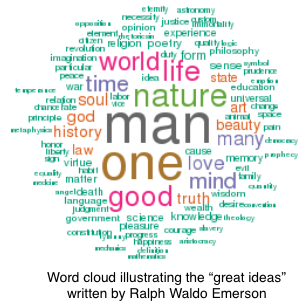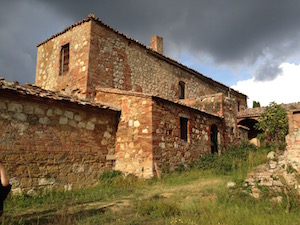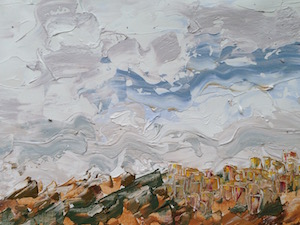These are “sum reflextions” on travel; travel is a good thing, for many reasons.
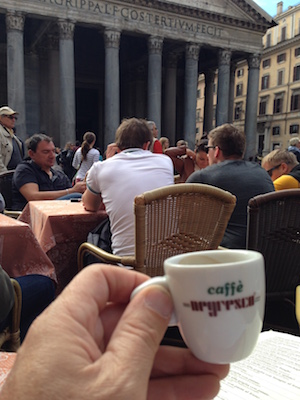 I am blogging in front of the Pantheon. Amazing? Maybe. Maybe not. But the ability to travel, see these sorts of things, experience the different languages and cultures truly is amazing. All too often we live in our own little worlds, especially in the United States. I can’t blame us too much. The United States is geographically large. It borders only two other countries. One country speaks Spanish. The other speaks English and French. While the United States is the proverbial “melting pot”, there really isn’t very much cultural diversity in the United States, not compared to Europe. Moreover, the United States does not nearly have the history of Europe. For example, I am sitting in front of a building that was build before the “New World” was even considered as existing. It doesn’t help that the United States’ modern version of imperialism tends to make “United Statesians” feel as if they are the center of the world. I guess, that is some ways, it is not much different than Imperial Rome. “All roads lead to Rome.”
I am blogging in front of the Pantheon. Amazing? Maybe. Maybe not. But the ability to travel, see these sorts of things, experience the different languages and cultures truly is amazing. All too often we live in our own little worlds, especially in the United States. I can’t blame us too much. The United States is geographically large. It borders only two other countries. One country speaks Spanish. The other speaks English and French. While the United States is the proverbial “melting pot”, there really isn’t very much cultural diversity in the United States, not compared to Europe. Moreover, the United States does not nearly have the history of Europe. For example, I am sitting in front of a building that was build before the “New World” was even considered as existing. It doesn’t help that the United States’ modern version of imperialism tends to make “United Statesians” feel as if they are the center of the world. I guess, that is some ways, it is not much different than Imperial Rome. “All roads lead to Rome.”
As you may or may not know, I have commenced upon a sort of leave of absence from my employer. In the past six weeks I have moved all of belongings to a cabin in a remote part of Indiana, and I have moved myself to Chicago. From there I began a month-long adventure. It began in Tuscany where I painted and deepened my knowledge of Western art history. I spent a week in Venice where I did more painting, walked up to my knees in water because the streets flooded, and I experienced Giotto’s frescos in Padua. For the past week I experienced Rome and did my best to actively participate in a users group meeting called ADLUG — the remnants of a user’s group meeting surrounding one of the very first integrated library systems — Dobris Libris. I also painted and rode a bicycle along the Appian Way. I am now on my way to Avignon where I will take a cooking class and continue on a “artist’s education”.
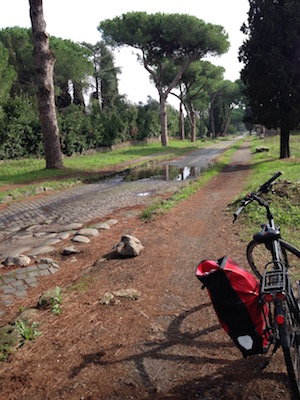 Travel is not easy. It requires a lot of planning and coordination. “Where will I be when, and how will I get there? Once I’m there, what am I going to do, and how will I make sure things don’t go awry?” In this way, travel is not for the fient of heart, especially when venturing into territory where you do not know the language. It can be scary. Nor is travel inexpensive. One needs to maintain two households.
Travel is not easy. It requires a lot of planning and coordination. “Where will I be when, and how will I get there? Once I’m there, what am I going to do, and how will I make sure things don’t go awry?” In this way, travel is not for the fient of heart, especially when venturing into territory where you do not know the language. It can be scary. Nor is travel inexpensive. One needs to maintain two households.
Travel is a kind of education that can not be gotten through the reading of books, the watching of television, nor discussion with other people. It is something that must be experienced first hand. Like sculpture, it is literally an experience that can only exist time & space in order to fully appreciate.
What does this have to do with librarianship? On one hand, nothing. On the other hand, everthing. From my perspective, librarianship is about a number of processes applied against a number of things. These processes include collection, organization, preservation, dissemination, and sometimes evaluation. The things of librarianship are data, information, knowledge, and sometimes wisdom. Even today, with the advent of our globally networked computers, the activities of librarianship remain essentially unchanged when compared to the activities of more than a hundred years ago. Libraries still curate collections, organize the collections into useful sets, provide access to the collections, and endeavor to maintain all of these services for the long haul.
Like most people and travel, many librarians (and people who work in libraries) do not have a true appreciation for the work of their colleagues. Sure, everybody applauds everybody else’s work, but have they actually walked in those other people’s shoes? The problem is most acute between the traditional librarians and the people who write computer programs for libraries. Both sets of people have the same goals; they both want to apply the same processes to the same things, but their techniques for accomplishing those goals are disimilar. One wants to take a train to get where they are going, and other wants to fly. This must change lest the profession become even less relevant.
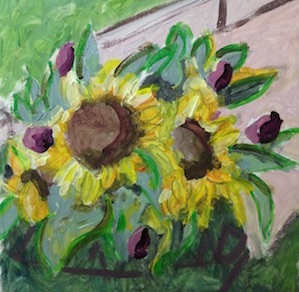 What is the solution? In a word, travel. People need to mix and mingle with the other culture. Call it cross-training. Have the computer programmer do some traditional cataloging for a few weeks. Have the cataloger learn how to design, implement, and maintain a relational database. Have the computer programmer sit at the reference desk for a while in order to learn about service. Have the reference librarian work with the computer programmer and learn how to index content and make it searchable. Have the computer programmer work in an archive or conservatory making books and saving content in gray cardboard boxes. Have the archivist hang out with computer programmer and learn how content is backed up and restored.
What is the solution? In a word, travel. People need to mix and mingle with the other culture. Call it cross-training. Have the computer programmer do some traditional cataloging for a few weeks. Have the cataloger learn how to design, implement, and maintain a relational database. Have the computer programmer sit at the reference desk for a while in order to learn about service. Have the reference librarian work with the computer programmer and learn how to index content and make it searchable. Have the computer programmer work in an archive or conservatory making books and saving content in gray cardboard boxes. Have the archivist hang out with computer programmer and learn how content is backed up and restored.
How can all this happen? In my opinion, the most direct solution is advocacy from library administration. Without the blessing of library administration everybody will say, “I don’t have time for such ‘travel’.” Well, library work is never done, and time will need to be carved out and taken from the top, like retirement savings, in order for such trips abroad to come to fruition.
The waiters here at my cafe are getting restless. I have had my time here, and it is time to move on. I will come back, probably in the Spring, and I’ll stay longer. In the meantime, I will continue with my own personal education.


